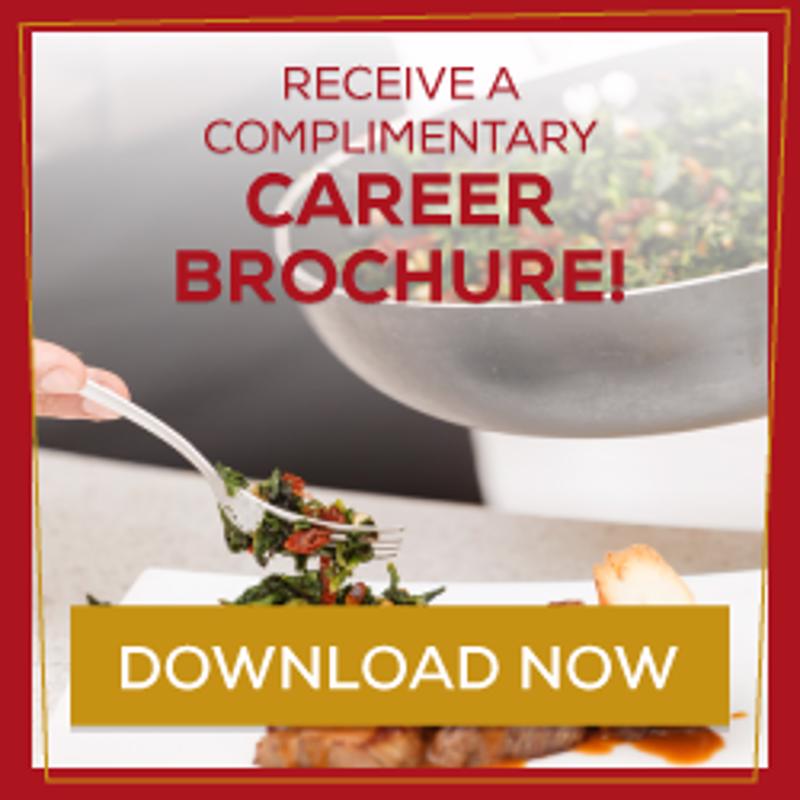Famed chef Julia Child once proclaimed, “Wine is meant to be with food – that’s the point of it.” That certainly explains why everything from spaghetti with pork Bolognese to grapefruit-onion salad marries well with one kind of wine or another. But, how do you know which wines are best with what dish? And how can you tell if you’ve purchased the best bottle possible? Wine might be the perfect partner for most meals, but understanding it takes knowledge and practice outside of culinary academy. Here are just a few tips to help on the way to becoming an amateur sommelier:
“As Julia Child said, ‘Wine is meant to be with food.'”
1. Rely on others
As Chef’s Blade pointed out, most chefs simply don’t have the time and commitment to understand every nuance of wine. That’s why you can rely on your restaurant’s wine importer. These individuals will not only help you secure your chardonnay or viognier, but help you to learn the art of wine picking. That includes understanding what wines pair best with each dish and also the background and history of the wine, which your customers might have interest in. A great importer can also help you understand the unique flavors and qualities of each wine, and in turn you might be able to make your own choices in the future. You can even use restaurant staff to help you choose wines and understand flavor interactions.
2. Temperature is key
Fabio Viviani has been a chef and author for a couple of decades. In that time, he’s uncovered one very important notion about buying good wine: the temperature is a huge factor. Exposure to light and ambient heat can ruin the quality and taste of the wine. Even the position of the bottle matters; wines only stay moist if they’re stored on the side. Buy from a store or other source that stores the wine in a cool, dark cellar. The closer to those conditions, the more likely the wine will be fresh for longer. And in the long run, quality wine not only tastes better but will likely save you money to boot. According to Wine Spectator, most wines should be stored at 45 degrees Fahrenheit before serving.
3. Know the wine myths
Wine drinking is not only a major industry, with loads of wineries the world over, but there is also a unique culture surrounding it. One that The Dish explained has created its fair share of myths over the years. For one, screw caps are not an indicator of bad wine. If anything, screw caps were implemented to avoid cork taint in the 1990s, which made wine all but undrinkable. Similarly, boxed wine is not the swill some experts would have you believe. Not only does it last longer, but buying boxed wine, depending on your restaurant, can be much more cost effective. In fact, as Wine as Vines explained, boxed wine has become to go-to choice for by-the-glass pours in restaurants and cafes nationwide.





